Gorse shieldbug
As the name suggests, this large shieldbug is often found on gorse bushes.
As the name suggests, this large shieldbug is often found on gorse bushes.
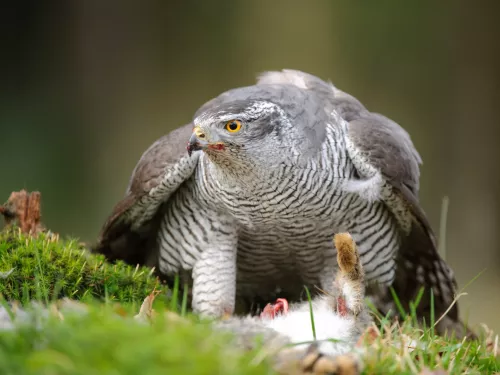
Known as the phantom of the forest, goshawks can fly through the trees at up to 40km per hour as they hunt birds and small mammals.
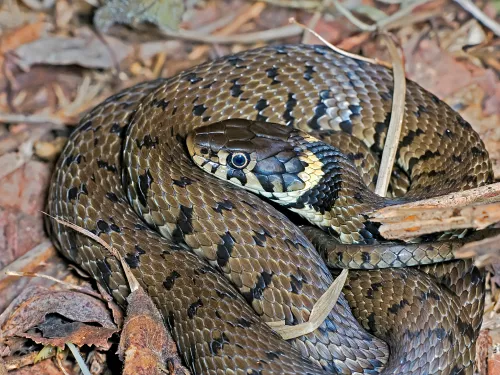
The grass snake is our longest snake, but don't worry if you find one in the compost heap - it's harmless! Look out for this green and yellow beauty in grasslands and wetlands, too.
The stately Grass-of-parnassus displays pretty, white flowers with green stripes. Once widespread, it is now declining as its wetland habitats are disappearing.
This small summer migrant travels from Africa to breed in the reedbeds of the UK. Rarely seen but given away by its insect like trilling call
The grayling is one of our largest brown butterflies and a master of disguise - its cryptic colouring helps to camouflage it against bare earth and stones in its coastal habitats and on inland heathlands.
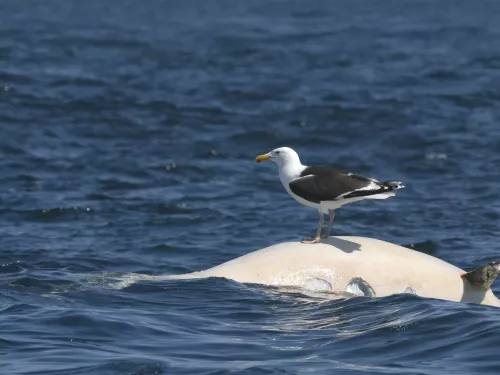
This huge gull can be seen around most of the UK's coasts in summer, with some venturing inland in winter.
The egg-shaped, crimson flower heads of Great burnet give this plant the look of a lollipop! It can be found on floodplain meadows - a declining habitat which is under serious threat.
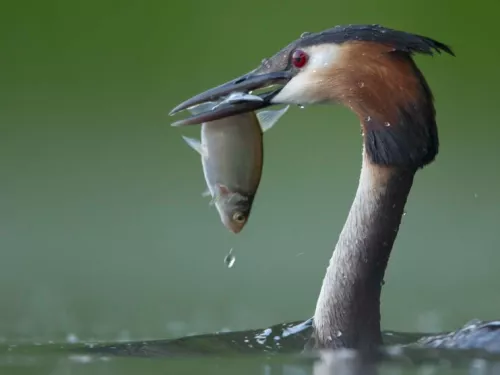
The graceful great crested grebe is a familiar sight on our lakes and reservoirs, and is well-known for its elaborate courtship dance, during which it rises vertically out of the water and shakes its head.
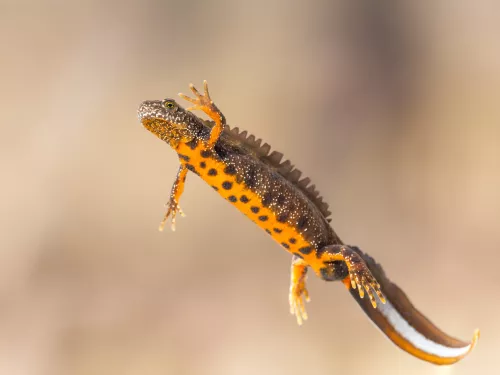
With its prominent, wavy crest, the great crested newt, also known as the 'warty newt', looks like a mini dinosaur! This protected species favours clean ponds during the breeding season.
The Great diving beetle is a large and voracious predator of ponds and slow-moving waterways. Blackish-green in colour, it can be spotted coming to the surface to replenish the air supply it stores beneath its wing cases.
A tall and robust species of sedge, the Great fen-sedge has long leaves with sawtooth edges. It forms dense stands in lowland fens and around lakes.